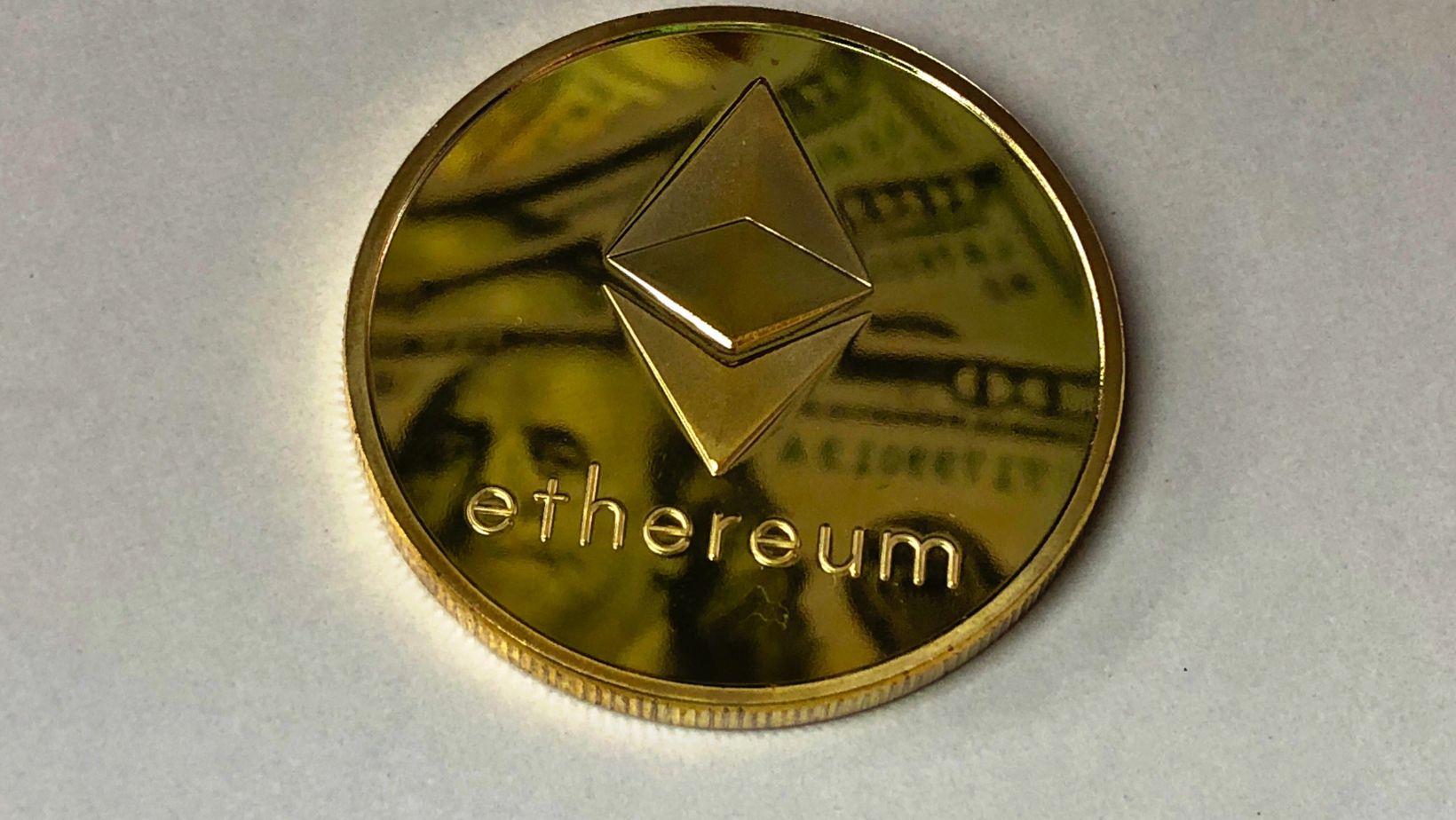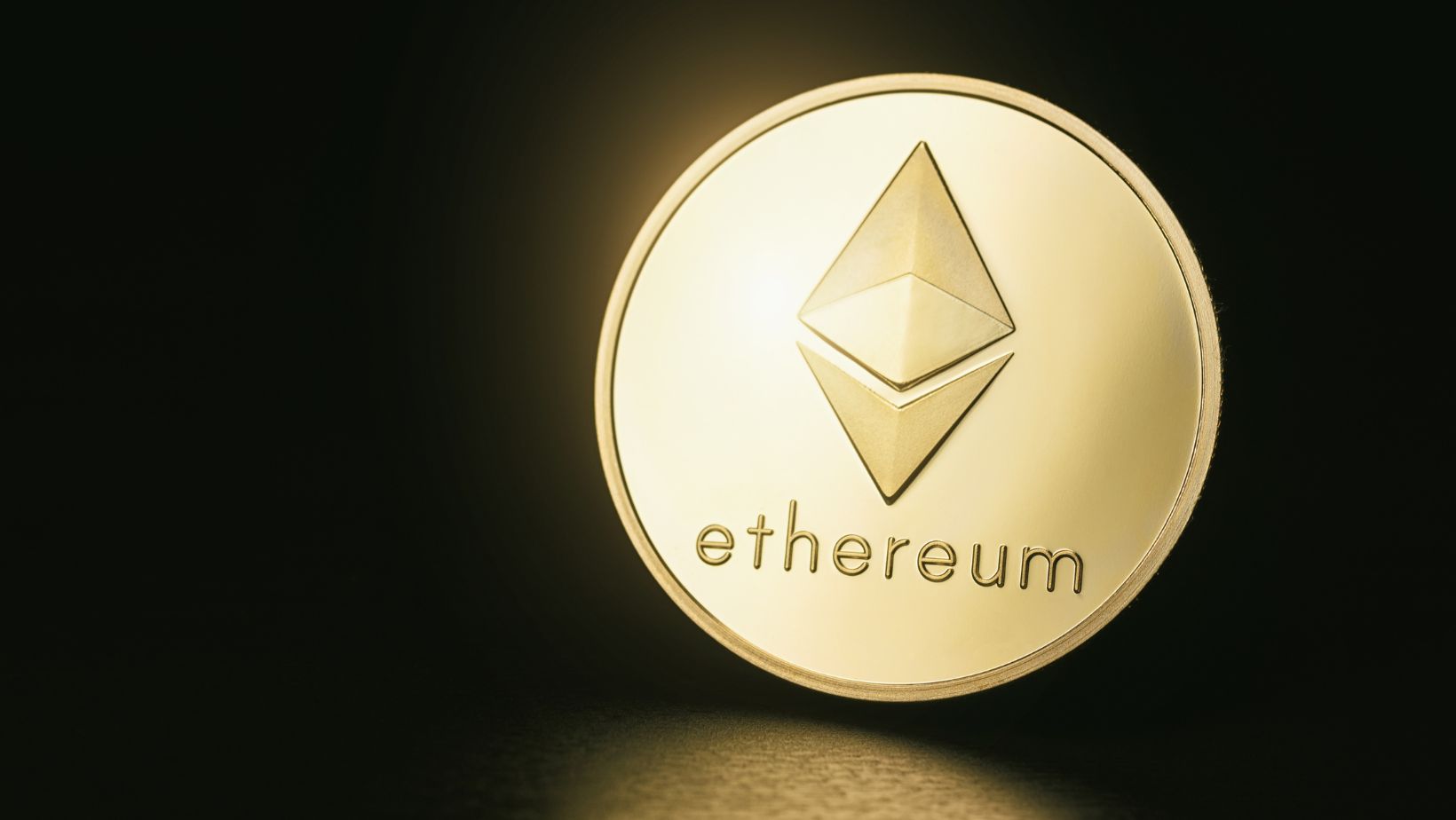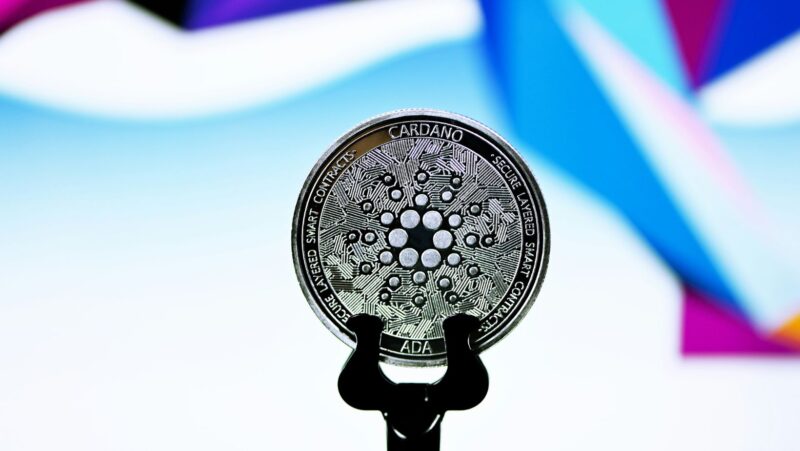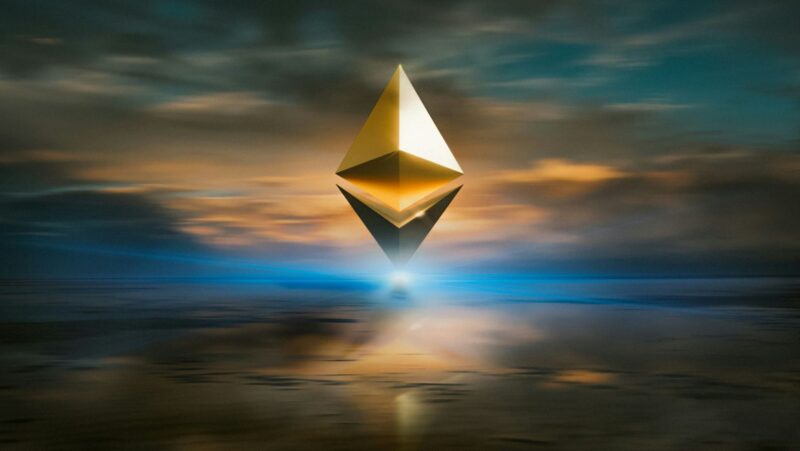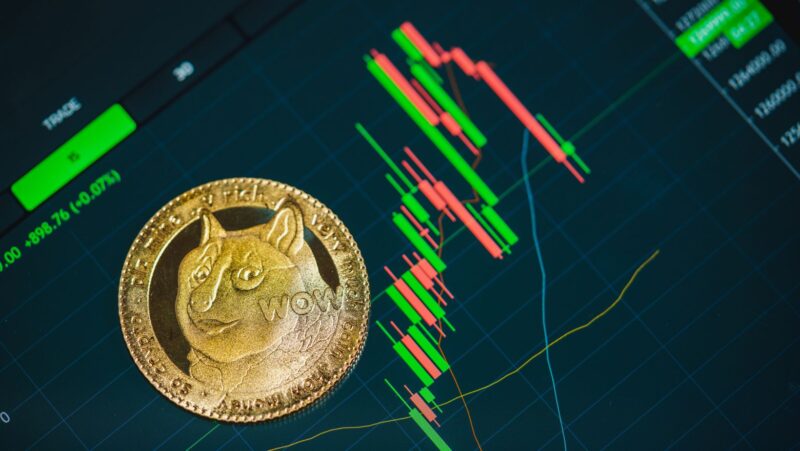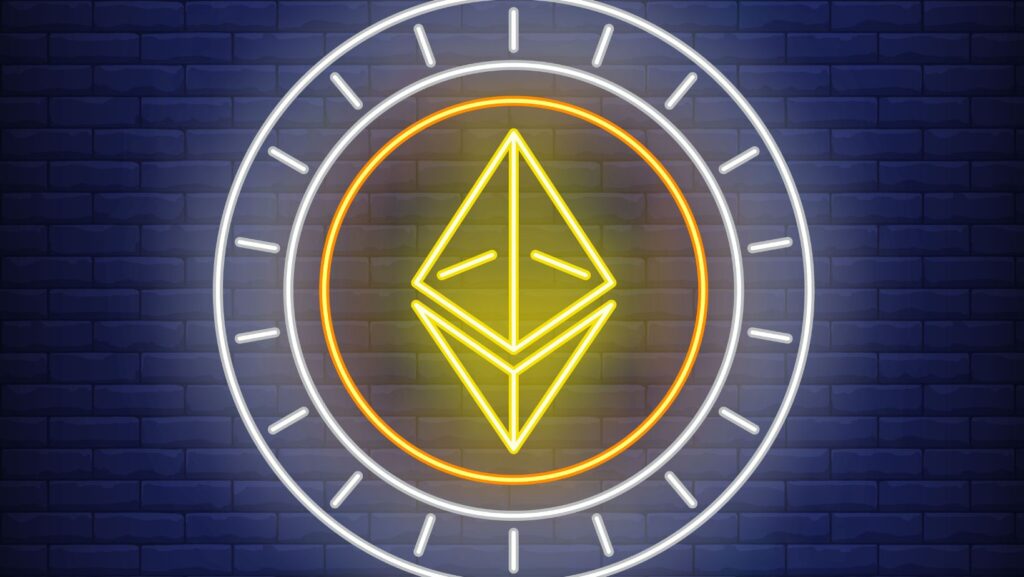
Often dubbed the mother of dApps, Ethereum is a global computer that allows users to perform different operations and run programs. It provides a platform for dApps as well as smart contracts and is used for a variety of innovative applications, ranging from gaming and finance to advertising and supply chain management.
Vitalik Buterin proposed Ethereum in late 2013, and the development of its blockchain was financed via an online crowd sale of the network’s crypto, Ether, with the initial round of funding raising over $18 million USD. Ethereum applications have a number of defining characteristics. First of all, because of its open-source nature, everyone can take part in building on the technology as a developer while accessing the technology as a user. The Ethereum protocol doesn’t profit from users’ sensitive information, and it doesn’t keep it, either. And while its blockchain is public, transacting parties are anonymous. Moreover, Ethereum is censorship-resistant, which means that no one can deny or authorize transactions.
What Makes Ethereum An Appealing Option For Developers
ETH price prediction is a subject of interest for many within the crypto community, and this is because Ethereum is the 2nd biggest cryptocurrency after Bitcoin. However, it doesn’t only appeal to investors. Ethereum has a large user base, which encourages developers to continue deploying applications on the platform.
One of the main perks of developing on Ethereum is its flexibility, as developers can use Solidity – the native programming language of Ethereum- to create smart contracts based on the specific use cases of each industry. Ethereum has a rich ecosystem, including frameworks, libraries, and extensive developer tooling that makes the entire development process seamless.
Furthermore, the team behind Ethereum is continuing to make improvements to its network with the aim of improving its scalability and improving user experience. While scalability has long been a problem for Ethereum, the Ethereum 2.0 upgrade has introduced several improvements to decrease latency and improve throughput. The introduction of sharding is one of the most notable features in the ecosystem, dividing the network into more manageable pieces known as shards. These shards process smart contracts and transactions independently, allowing the network to handle a more significant transaction volume simultaneously. As the network improves, the customer experience will also improve by reducing fees and speeding up transaction times. This is meant to make the network more accessible and also enhance the functionality of dApps, allowing developers to make them more sophisticated and eliminating network delays.
Smart Contracts: The Key Differentiator For Ethereum
Ever since it was first introduced, Ethereum stood out through its smart contracts, which are self-executing contracts that facilitate, verify and enforce specific functions on a blockchain network after the specified conditions of the contract have been met. These contracts can range from a simple agreement between two parties to a complex network of interconnected smart contracts that create an operational platform by interacting with each other.
The resulting platforms can be DAOs, decentralized autonomous organizations, or decentralized applications that community members interact with, develop, or modify as they please. Smart contracts are unique because they deliver transparency, automation, and immutability, offering advantages to disruptive startups as well as legacy corporate companies seeking to develop services and products on the blockchain. Smart contracts also enable the development of programmable digital assets that can execute specific and unique functions based on the contract’s code.
Ethereum has multiple token standards, including the ERC-721 and the ERC-20, which are part of the ERC family of token standards. These standards represent interfaces that show that a token’s contract responds to the commands specific to a smart contract. In other words, their role is to determine a token’s nature and compatibility with a specific network.
As mentioned, the most common type of token standard in the Ethereum ecosystem is the ERC-20, with tokens that are fungible ( identical and mutually interchangeable with similar tokens) and that are used within a commodity use case or a currency context that requires token fungibility. ERC-721 is also popular, representing a standard that enables the creation of NFTs. Non-fungible tokens are not interchangeable with other tokens, instead, they are entirely unique. Thus, ERC-721 tokens are used for original artworks, collectibles, as well as other contexts that prioritize provable ownership of a digital asset. There’s also the ERC-1155 standard, which enables smart contracts to manage different token types. This leads to the inclusion of any mix of non-fungible tokens, fungible tokens, and other hybrid configurations.
The Emerging Use Cases For The Ethereum Blockchain
There are many sectors in which Ethereum creates significant value. Industries ranging from entertainment and healthcare to real estate are developing brand-new tools in the protocol to improve trust and efficiency while democratizing access to different types of services. For instance, Ethereum offers an ideal solution for managing royalties in the music sector, as it distributes tokens representing ownership rights. Another area where Ethereum’s tamper-proof blockchain is making a difference is the supply chain, as it assures managers about the products’ provenance via verifiable blockchain-based cryptography. Thanks to Ethereum, they can track the journey of the product from the manufacturer to the checkout aisle, ensuring that the data hasn’t been tampered with. This also benefits consumers, as they know that the products they buy are genuine.
Ethereum also enables secure information sharing through cryptographic methods, which is critical for the transfer of sensitive data like identity information or medical records. Finally, Ethereum tokens increase access to products that are beyond the reach of many individuals. Certain Ethereum-based startups provide fractional ownership, which essentially means owning a piece of a good instead of the whole of real estate and luxury goods. This enables consumers to diversify their investments.
Conclusion
Throughout time, Ethereum has seen tremendous growth, and it’s no longer a single-layer blockchain but rather a complex ecosystem that can accommodate various applications, users, and assets. As the network continues to mature, the future for this leading blockchain platform looks bright, with the improvements in scalability, performance, and user experience positioning Ethereum to maintain its dominance in the DeFi space. With continuous community support and upgrades, Ethereum is well-equipped to tackle future challenges and capitalize on the latest opportunities within the blockchain landscape.

